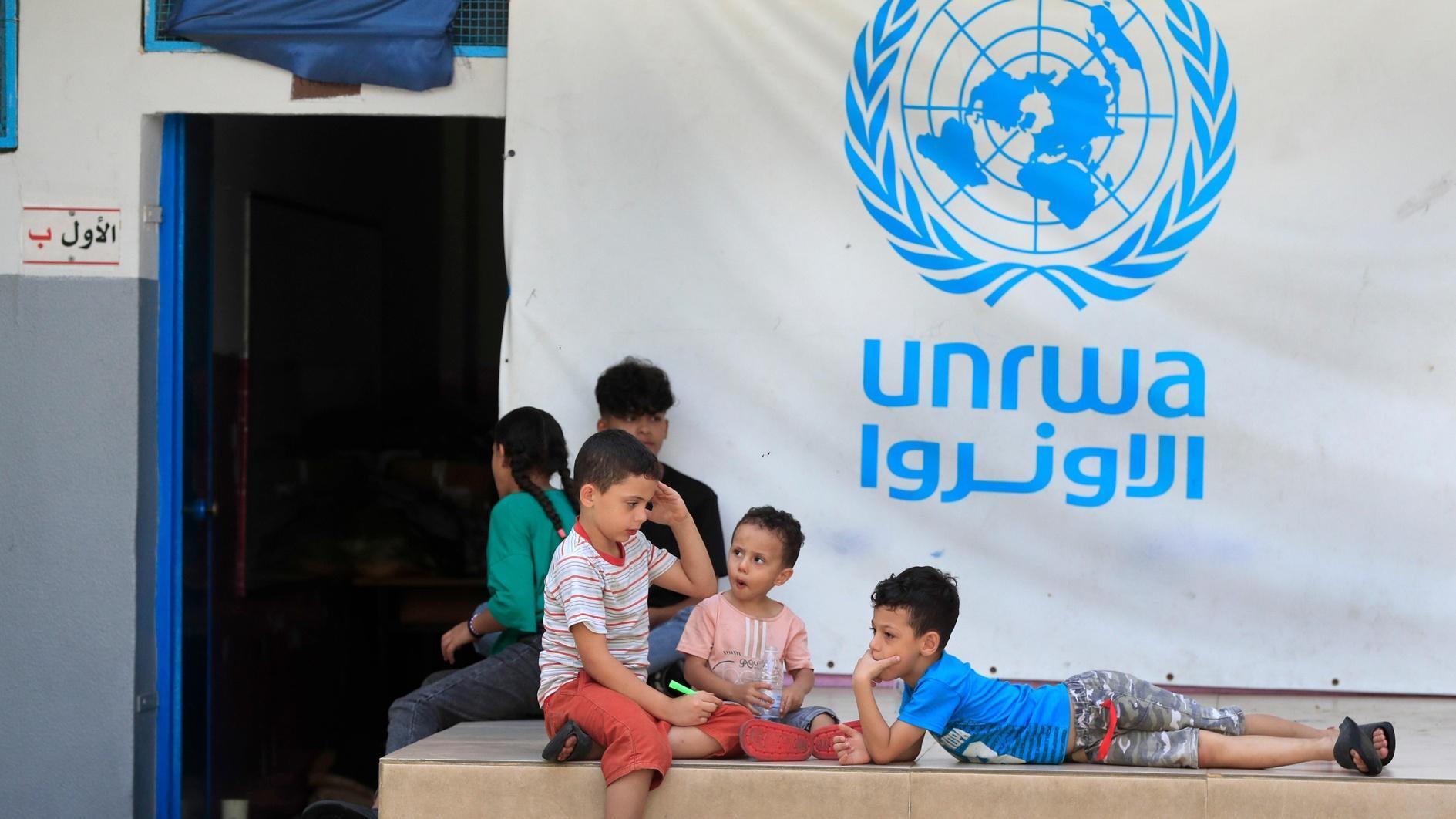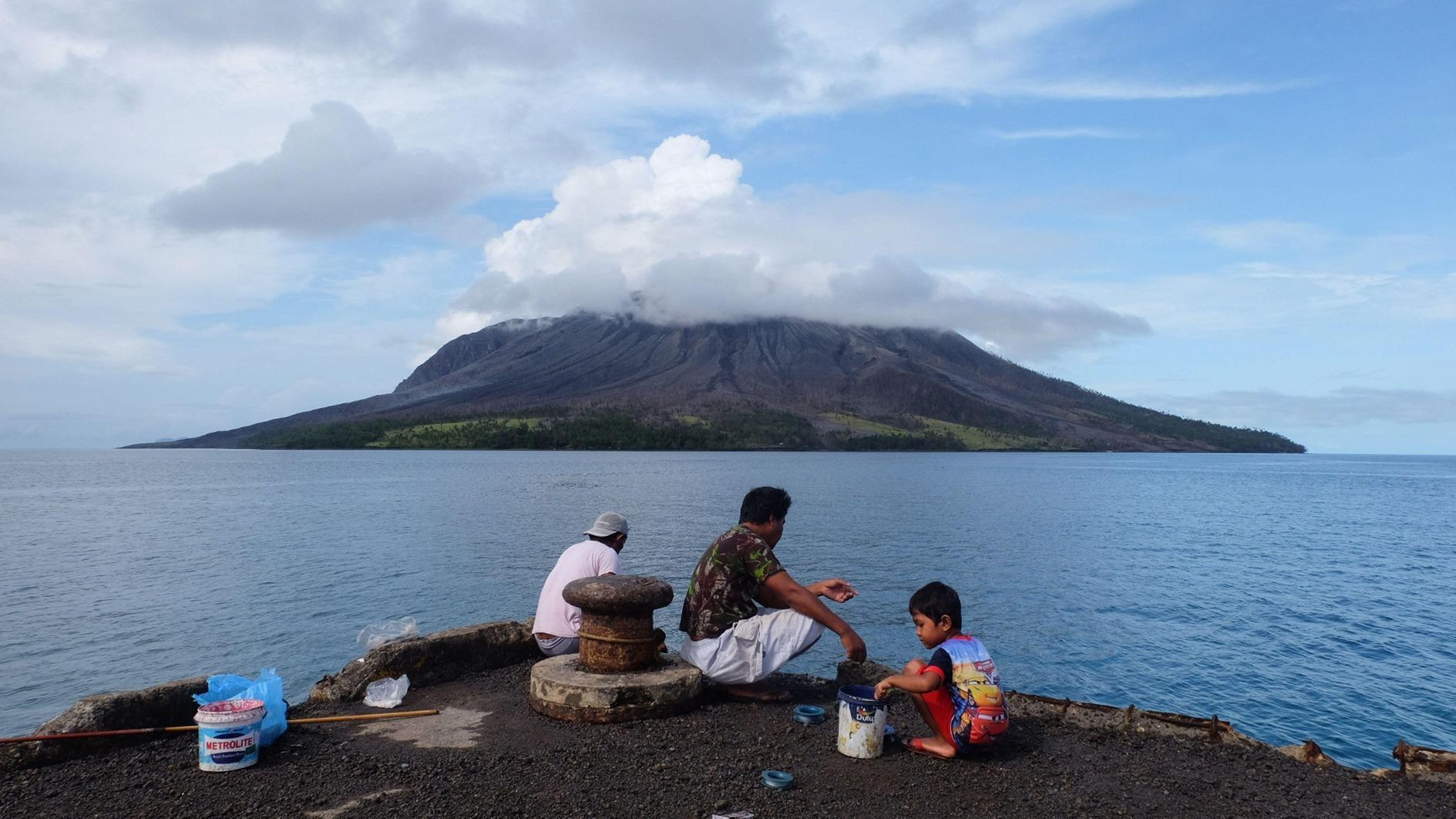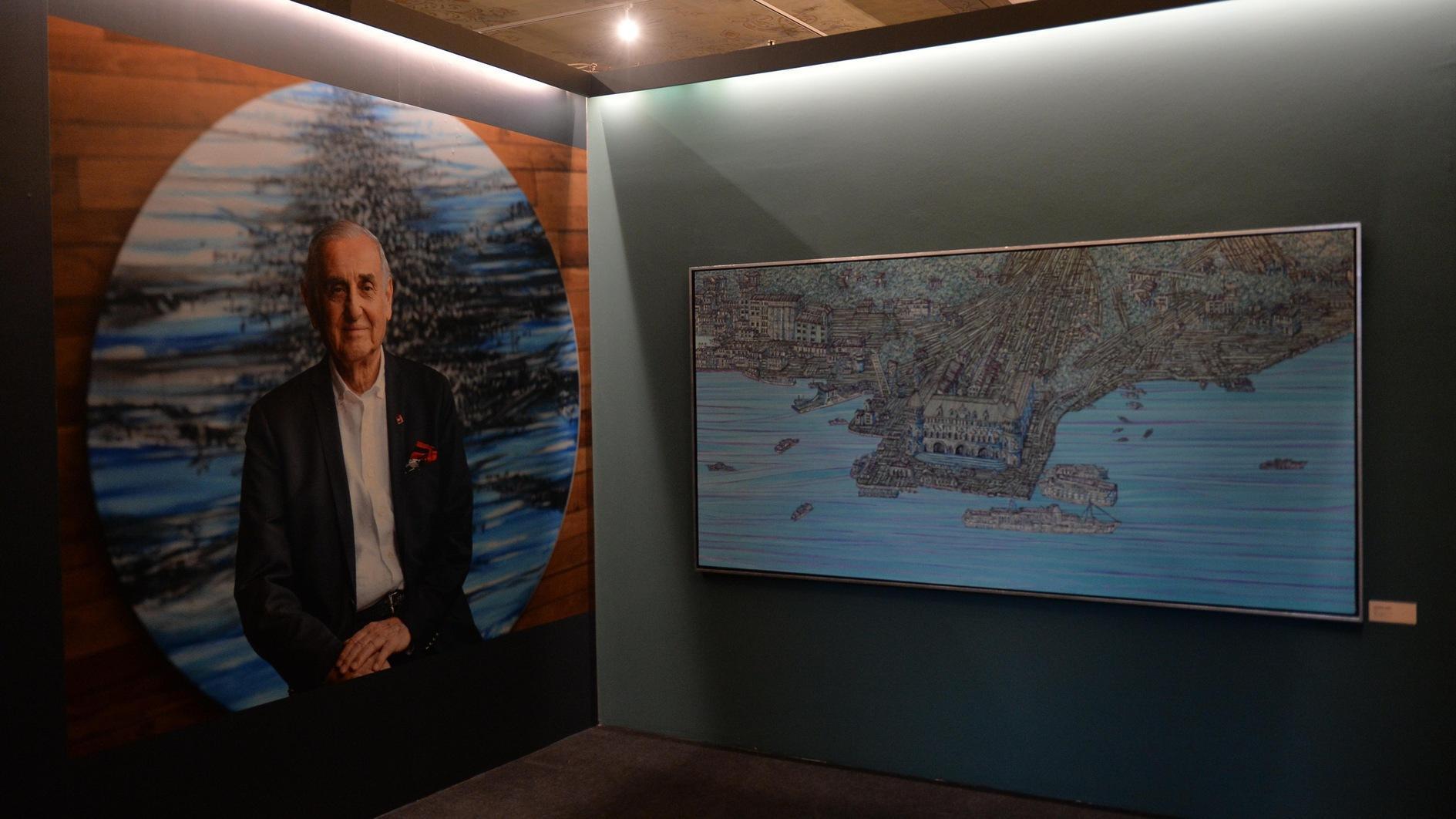Turkey and Europe in the energy wars with Russia
When the Baku–Tbilisi–Ceyhan (BTC) pipeline project to transport Azerbaijani oil to Turkey’s Mediterranean port of Ceyhan came onto the agenda following the dissolution of the Soviet Union, I recall Russian diplomats telling me that the project would never be realized as they claimed it was not economically feasible. Similarly, when Moscow proposed to build the “blue stream” to deliver Russian gas directly via a pipeline underneath the Black Sea, I recall U.S. diplomats labeling it the “blue dream,” saying it would never be realized as there was no such technology suitable for the Black Sea’s deep waters.
In the end both sides were proven wrong. Both pipelines ended up being constructed and started operating by the first half of the 2000s. The reciprocal “smear campaign” by Washington and Moscow against each other reflected the new energy wars, as well a new form of political rivalry in the post-Cold War era. The U.S. supported by Europe tried to weaken Russia’s dominance over the energy rich former Soviet republics while Moscow tried to maintain its supremacy in its near abroad.
While Russia failed to prevent the construction of the BTC pipeline, it did succeed in obstructing the so-called “East–West corridor,” which was essentially based on transferring the energy resources of Central Asia, including the natural gas of Turkmenistan, to European markets. When the Russians took the Turkmen gas out of the equation, the “East-West” corridor shrank and took the name Nabucco, which envisaged replacing Turkmen gas with potential Iranian gas. When this project failed, it was then replaced by the Trans Anatolian Pipeline (TANAP) project that will transport Azerbaijan’s gas to Turkey and from there to Europe via the Trans Adriatic Pipeline (TAP) project through Greece and Albania into Italy.
TANAP, which will be inaugurated today in Eskişehir with the participation of the presidents of Turkey, Azerbaijan and Georgia, will start delivering 6 billion cubic meters of Azeri gas by next month. By 2020, 10 million cubic meters are planned to be delivered to Europe.
At the end of the day, the “East–West” corridor became what today is called the Southern Gas Corridor (SGC). The SGC will certainly contribute to Europe’s efforts to diversify its suppliers and reduce its dependence on Russia. But one can hardly say the West gained a strategic advantage against Russia, since Italy’s new government is giving signs that it could abandon the TAP. More importantly, Moscow has not stood still through all this time.
Ukraine’s efforts to escape the Russian orbit prompted Russian energy giant Gazprom to bypass it, as Ukrainians proved to be the weakest point in their supply chain to Europe. Gazprom built the Nord Stream 1, the gas pipeline connecting Russia directly to Germany via the Baltic Sea. In addition, it started to construct the TurkStream, the second pipeline crossing the Black Sea and reaching the shore at Turkey’s European border.
Both of these projects were given the green light by Germany and Turkey in the first half of the 2010s, by which point Vladimir Putin had already given many signs that he would follow a much more assertive policy of rollback against the West’s gains in its near abroad.
“Buying Russian gas directly from TurkStream will obviously be to the advantage of Turkey, as against the gas coming via Ukraine,” Volkan Ediger of Kadir Has University has said. “Although Turkey receives most of its gas from Russia it could secure enough gas from other sources to put some pressure on Russia for the price it pays,” another energy expert John Roberts told me.
Turkey had initially delayed issuing a permit for Gazprom to start building the land-based parts of TurkStream, which was possibly related to talks between Gazprom and Turkish company Botaş about a possible discount for Russian gas. This permit was finally given late last month, with Turkey securing a 10.25 percent discount.
Some might argue that Turkey disregards Russia’s anti–Western moves in political and regional spheres. But it should not be forgotten that while Nabucco was mainly a European project, involving countries like Austria and Hungary, key European powers like Germany did not support it. TANAP was made possible thanks to Turkish, Azerbaijani and British companies.
In addition, look at Germany. Only a day after Berlin expelled four Russian diplomats to show solidarity with London over the alleged poisoning of a former spy by Russia, it gave Gazprom the green light to build the Nord Stream 2 pipeline.
Germany is Russia’s biggest customer, followed by Turkey. But in issues from cooperation in Syria to Russian tourists making up the backbone of Turkish tourism, relations between Ankara and Moscow are much more intensive and complex.
Ironically, while Turkey plays a key role in a project that is against Russian interests along with Germany, yet another European country - this time it is Italy - that is weakening the hands of Europe against Moscow.











